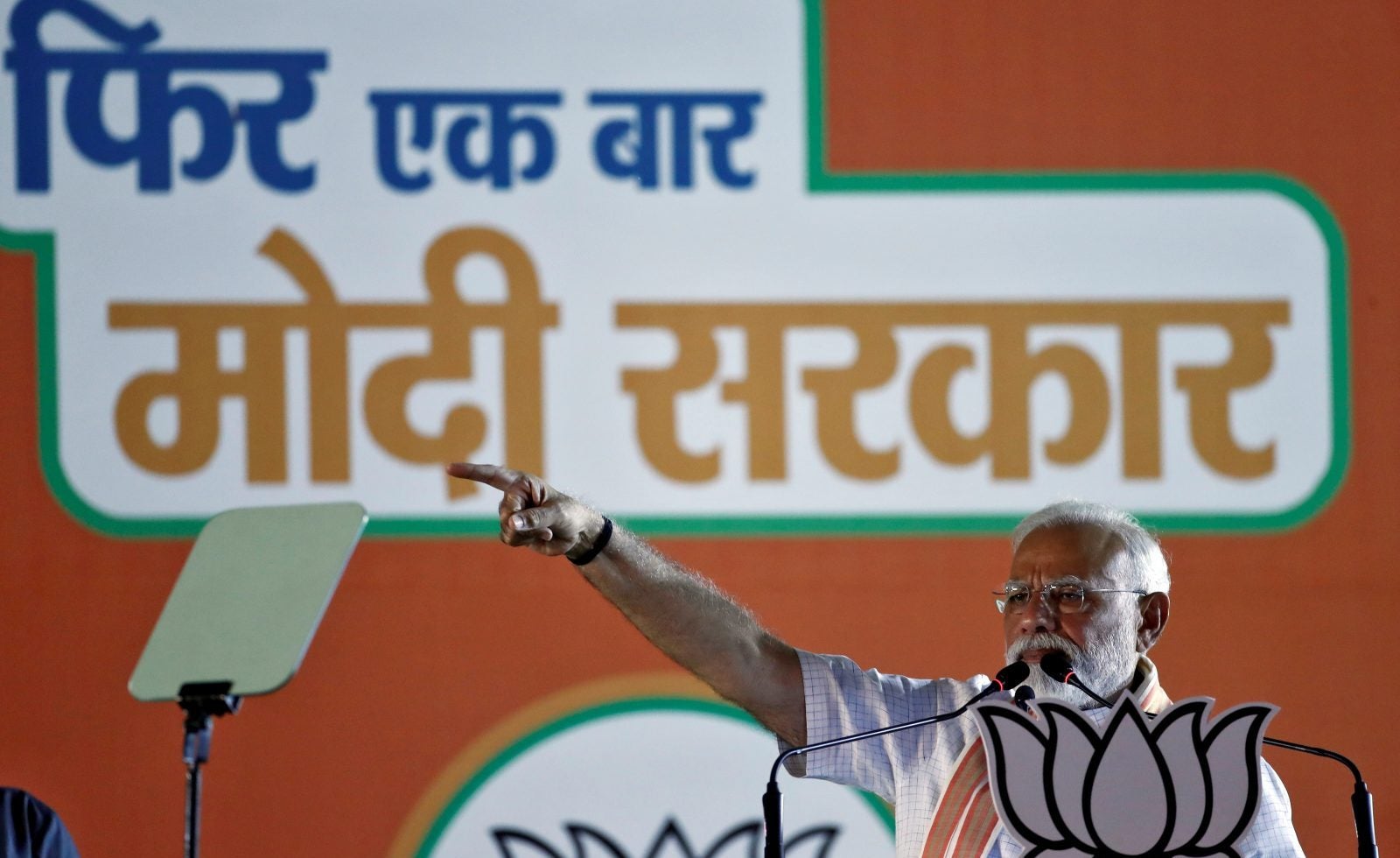Investors betting on exit polls will sooner or later face a reality check
Who gets to form India’s next government will be known only on May 23, when votes are counted, but financial markets rarely wait till the official word is out.


Who gets to form India’s next government will be known only on May 23, when votes are counted, but financial markets rarely wait till the official word is out.
Yesterday (May 20), a day after all major exit polls predicted prime minister Narendra Modi’s return to power with a clear majority, India’s Sensex posted its biggest single-day gain in 10 years and closed at a record high.
Even foreign exchange traders were gung-ho. The rupee strengthened by over 49 paise, its biggest gain in two months, and closed at 69.73 against the dollar on May 20.
Traders were betting on policy continuity. “The exit polls’ prediction of a stable government with a majority, or near majority, augurs well for reforms and a policy agenda,” said Gautam Duggad of Motilal Oswal Financial Services. “It removes a key overhang from the market narrative—the potential of a hung verdict.”
Yet, even if this scenario plays out, investors may soon face a reality check.
What lies ahead?
The new government will need to focus on getting the economy back on track. Growth rates have tapered in recent times, and rising unemployment is a major bugbear.
Another important focus area for the new government should be improving the ease of doing business in India, according to a recent report by Kotak Institutional Equities.
“(This should be done) with the ultimate objective of increasing India’s investment rate and creating jobs…The central government may want to focus on reforms in labour and land, the role of government in business including privatisation of public sector units, review of policies to encourage greater FDI, and private investment in infrastructure,” the report added.
Before betting huge sums on India, institutional investors will look forward to indicators such as economic growth, structural reforms, changes in the tax regime, and the cleaning up of bad loans in the banking sector, said Ajay Bodke, an analyst at the Mumbai-based stock broking firm Prabhudas Lilladher.
Last year, the Indian markets witnessed an exodus of foreign investors who withdrew over Rs90,000 crore (around $13 billion). In order to stem this, the new government will have to try and make India a more attractive investment destination.
For this, the new government will likely focus on developing indigenous industries in sectors such as defence, said Jefferies India in a recent note. The American investment bank said it expects $10 billion worth of projects to be awarded in the sector, once the new cabinet is formed.
Faster policy implementation is also likely in sectors such as renewable energy, ports, and shipping, which have been hit by a slowdown.
But certain sectors are likely to be disregarded, even if Modi gets a second term, according to Jefferies. These include the railways and the government’s two ambitious plans: smart cities and the Make in India projects.
“The BJP government has had its failures in manufacturing in India outside of defence, building of smart cities to take the load off tier-I cities and distribute wealth, and on incentives for private sector recovery. We do not see these reviving even in case of a favourable election outcome,” the report added.
Economic recovery, then, is not a given even if Modi gets another five years in office.